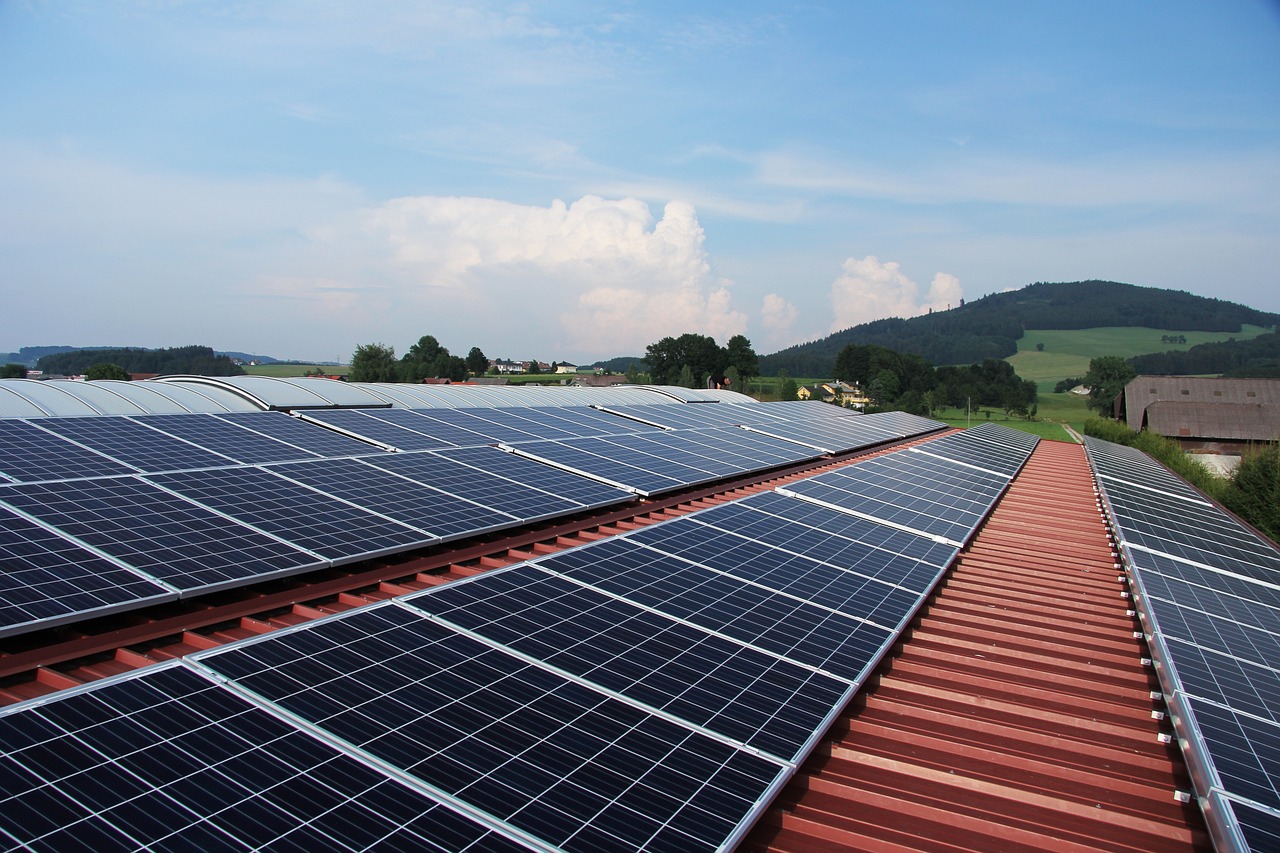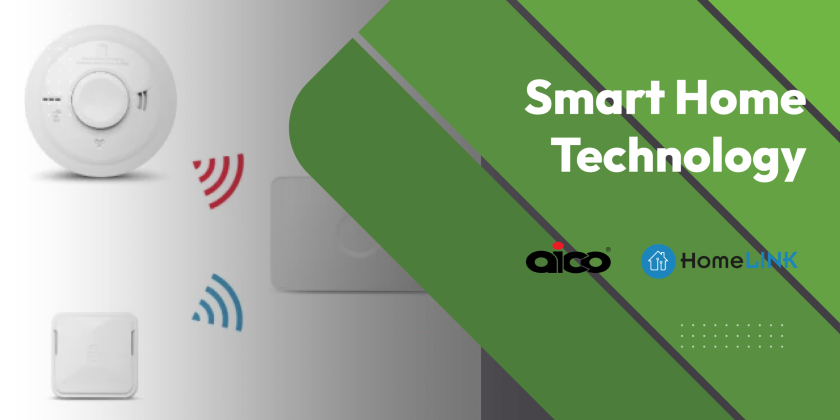Harnessing the power of the sun through solar cells is a remarkable way to generate electricity, and it’s becoming increasingly popular. At their core, solar cells operate by converting sunlight directly into electricity through a process known as the photovoltaic effect.
This technology is both straightforward and ingenious. We’ll demystify the workings of solar cells, explaining each step of the process in a clear and accessible manner.
Understanding Solar Cell Basics
What Are Solar Cells?
Solar cells, also known as photovoltaic cells, convert light energy directly into electrical energy. They are made primarily from semiconductor materials, with silicon being the most common. When sunlight strikes the surface of a solar cell, it excites electrons in the semiconductor material, creating an electric current. This current can then be captured and used as electricity.
The cells are typically grouped together to form solar panels. Solar cells are integral to the push towards renewable energy. They offer a clean and sustainable alternative to fossil fuels.
History of Solar Technology
The concept of harnessing solar energy dates back to the 19th century. In 1839, French physicist Alexandre Edmond Becquerel discovered the photovoltaic effect, laying the groundwork for future advancements. The first practical photovoltaic cell was developed in 1954 by Bell Labs, using silicon as its primary material.
This breakthrough paved the way for solar technology to grow beyond laboratory settings. During the 1960s, solar cells found their first significant application in powering satellites, as the technology provided a reliable energy source in space. Developments in efficiency and production techniques made solar technology more accessible and affordable.
The 1970s oil crisis further spurred interest in alternative energy sources, leading to increased research and development.
Today, solar technology plays a critical role in global energy strategies, continually evolving with advancements in materials and manufacturing processes.
Key Components of Solar Cells
The most significant material is the semiconductor, typically silicon, which forms the basis of the photovoltaic effect. Silicon is used in two layers: one with phosphorus to create a negative charge (n-type) and the other with boron for a positive charge (p-type).
When combined, these layers form a p-n junction where the photovoltaic effect occurs.
Additionally, the top and bottom surfaces of the solar cell are coated with conductive metal contacts, facilitating the flow of electricity generated by the excited electrons. An anti-reflective coating is applied to the surface to maximise light absorption and minimise reflection. Encapsulation materials, like glass or plastic, protect the delicate components from environmental damage.
The Science Behind Solar Cells
Photovoltaic Effect Explained
The photovoltaic effect is the fundamental process by which solar cells generate electricity. It occurs when photons, or light particles, strike a solar cell, primarily affecting the semiconductor material, usually silicon. These photons possess energy that can be transferred to the electrons in the silicon, exciting them and causing them to break free from their atomic bonds.
When these electrons are liberated, they leave behind holes in the atomic structure. The internal electric field at the p-n junction of the solar cell then directs these free electrons towards the n-type layer and the holes towards the p-type layer.
This movement of electrons and holes creates an electric current. By connecting an external circuit to the cell, this current can be used as electricity.
Semiconductor Materials in Solar Cells
Silicon is the most widely used due to its abundance, stability, and suitable electrical properties. It comes in various forms: monocrystalline, polycrystalline, and amorphous.
- Monocrystalline silicon, made from a single crystal structure, offers the highest efficiency but is more expensive.
- Polycrystalline silicon consists of multiple small crystals, providing a good balance of efficiency and cost. Amorphous silicon, lacking a crystal structure, is less efficient but cheaper and more flexible, making it suitable for thin-film applications.
- Other semiconductor materials like gallium arsenide, cadmium telluride, and copper indium gallium selenide are also used in specialised applications. These materials can offer higher efficiencies or lower production costs in specific contexts.
The ongoing research aims to develop new materials that are more efficient, cost-effective, and environmentally friendly, driving the evolution of solar technology.
How Light is Converted to Electricity
Initially, sunlight, composed of photons, strikes the surface of the solar cell. This action excites electrons within the semiconductor material, typically silicon, causing them to break free from their atomic bonds. This liberation of electrons also creates ‘holes’ in the atomic lattice. The internal electric field at the p-n junction of the solar cell plays a critical role by directing these free electrons towards the negative side (n-type layer) and the holes towards the positive side (p-type layer).
This movement establishes an electric current across the junction. By connecting the solar cell to an external circuit, this current can flow as usable electricity, powering devices or charging batteries. This process is efficient and occurs with minimal energy loss, making solar cells an effective means of transforming solar energy into electrical energy for a wide range of applications.
Types of Solar Cells
Monocrystalline vs. Polycrystalline
Monocrystalline and polycrystalline solar cells are the two most common types of silicon-based solar panels. Monocrystalline cells are made from a single, continuous crystal structure, offering the highest efficiency rates due to their superior purity. They are easily recognisable by their uniform dark appearance and rounded edges. Despite their higher cost, their efficiency makes them ideal for situations where space is limited, as fewer panels are needed to generate the same amount of power compared to other types.
In contrast, polycrystalline cells are composed of multiple silicon crystals melted together. This process is less costly, making polycrystalline panels more affordable. However, they are slightly less efficient than monocrystalline cells due to structural imperfections at the boundaries of the crystals. Visually, they have a blue hue and square-cut edges. When choosing between the two, the decision often balances cost, efficiency, and available installation space, ensuring the best fit for energy needs and budget.
Thin-Film Solar Cells
Thin-film solar cells represent a versatile and increasingly popular approach to solar technology. Unlike traditional silicon-based cells, thin-film cells are made by depositing one or more layers of photovoltaic material onto a substrate such as glass, plastic, or metal. This allows them to be flexible and lightweight, which is ideal for unique applications like building-integrated photovoltaics or mobile solar panels.
Common materials used in thin-film cells include amorphous silicon, cadmium telluride (CdTe), and copper indium gallium selenide (CIGS). Though generally less efficient than their crystalline counterparts, they offer advantages in cost and versatility. Their ability to perform well in low-light conditions and at diverse angles can be beneficial in certain environmental settings.
The production process for thin-film cells is less energy-intensive, contributing to their appeal as a sustainable energy solution. Thin-film technology continues to evolve, promising enhancements in efficiency and new applications in the renewable energy sector.
Emerging Solar Cell Technologies
Emerging solar cell technologies are shaping the future of solar energy, offering potential breakthroughs in efficiency, cost, and adaptability. One promising development is the use of perovskite materials, which have shown remarkable efficiency improvements in a short period. These materials are cheaper to produce and can be manufactured using less energy-intensive processes than traditional silicon cells.
Additionally, organic photovoltaic cells, made from carbon-based materials, offer flexibility and lightweight properties, making them suitable for a variety of applications. Quantum dot solar cells, which utilise nanoscale semiconductor particles, are another area of interest due to their ability to capture a broader spectrum of sunlight, potentially leading to higher efficiency rates. Lastly, tandem solar cells, which layer multiple materials to capture different parts of the solar spectrum, are being explored to push efficiency limits further.
Installation and Efficiency
Optimal Placement for Solar Panels
The optimal placement of solar panels is crucial for maximising their efficiency and energy output. Ideally, panels should be positioned to capture the maximum amount of sunlight throughout the day. In the northern hemisphere, this typically means orienting panels towards the south to ensure they receive direct sunlight for the longest period. The angle of the panels is equally important; it should be adjusted based on the geographical latitude to optimally capture the sun’s rays.
A tilt angle equal to the latitude is often recommended, but adjustments can be made for seasonal variations. Removing any potential obstructions, such as trees or buildings that might cast shadows, is also essential. Additionally, ensuring the panels are clean and free from debris can further improve performance.
Factors Affecting Solar Efficiency
Several factors can affect the efficiency of solar panels, influencing their overall energy output. Firstly, the angle and orientation of the panels are critical; improper positioning can result in significant energy losses. Geographic location also plays a role, as areas with higher solar irradiance naturally provide more sunlight. Weather conditions, such as cloud cover and shading from nearby objects, can reduce the amount of sunlight reaching the panels.
The type and quality of the solar cells used are another determinant; monocrystalline cells, for instance, generally offer higher efficiency compared to polycrystalline or thin-film cells. Temperature impacts efficiency as well; higher temperatures can decrease the performance of solar cells.
Additionally, maintaining clean panel surfaces by removing dust, dirt, and debris can prevent reduced light absorption.
Finally, the age of the solar panels and the presence of any micro-cracks or degradation in the cells can impact efficiency.
Maintenance Tips for Longevity
Regular cleaning is essential, as accumulated dirt, dust, and debris can obstruct sunlight and reduce power output. Using a soft brush or a hose with filtered water can safely remove most contaminants.
It is also advisable to check for any physical damage, such as cracks or scratches, which could affect performance. Keeping an eye on the mounting system is important; loose or corroded fittings should be addressed promptly to maintain stability and alignment.
Monitoring the system’s performance through regular checks can help identify any drops in efficiency, signalling potential issues that might require professional attention. Furthermore, ensuring that the surrounding area remains free from new obstructions, like growing trees, can prevent shading.
Finally, scheduling periodic inspections by a professional can help detect and resolve any underlying problems, thus prolonging the lifespan and effectiveness of the solar power system.
Benefits and Challenges
Environmental Advantages
Solar energy offers numerous environmental advantages, making it a key player in the transition to sustainable energy. One of the most significant benefits is the reduction in greenhouse gas emissions. Unlike fossil fuels, solar power generation does not produce carbon dioxide or other harmful pollutants, helping to mitigate climate change. Solar energy is also renewable and abundant, available as long as the sun shines.
This contrasts sharply with finite fossil fuel resources, which contribute to environmental degradation through extraction and combustion. Additionally, solar power reduces air and water pollution, both of which are common by-products of traditional energy sources. The land footprint of solar installations can be minimal, especially with rooftop systems, avoiding large-scale habitat disruption. By decreasing reliance on fossil fuels, solar energy also reduces the risk of oil spills and mining accidents. Consequently, adopting solar technology contributes to a cleaner, healthier planet, benefiting both current and future generations.
Economic Considerations
The initial investment for solar panels can be substantial, covering the cost of equipment, installation, and any necessary upgrades to existing electrical systems. However, this upfront expense is often offset by long-term savings on electricity bills, as solar energy reduces reliance on grid power.
On a broader scale, solar energy contributes to energy independence by reducing a nation’s reliance on imported fossil fuels, stabilising energy prices. Despite the financial benefits, economic considerations must also account for maintenance costs and potential efficiency losses over time.
Overcoming Technical Limitations
While solar energy offers significant benefits, certain technical limitations must be addressed to maximise its potential. Solar power is inherently intermittent, as it depends on sunlight availability, which varies with weather conditions and time of day. Energy storage solutions, such as batteries, are crucial to overcoming this limitation by storing excess energy produced during sunny periods for use when generation is low. Improving battery technology and reducing costs are ongoing challenges.
Efficiency rates of solar panels also vary, with top-performing models reaching around 20-25%. Continued research into materials and cell design aims to increase these rates. Another technical challenge is the integration of solar power into existing energy grids, which requires advanced management systems to handle fluctuations in supply and demand. Innovations such as smart grids and more efficient inverters are helping to address these issues.



